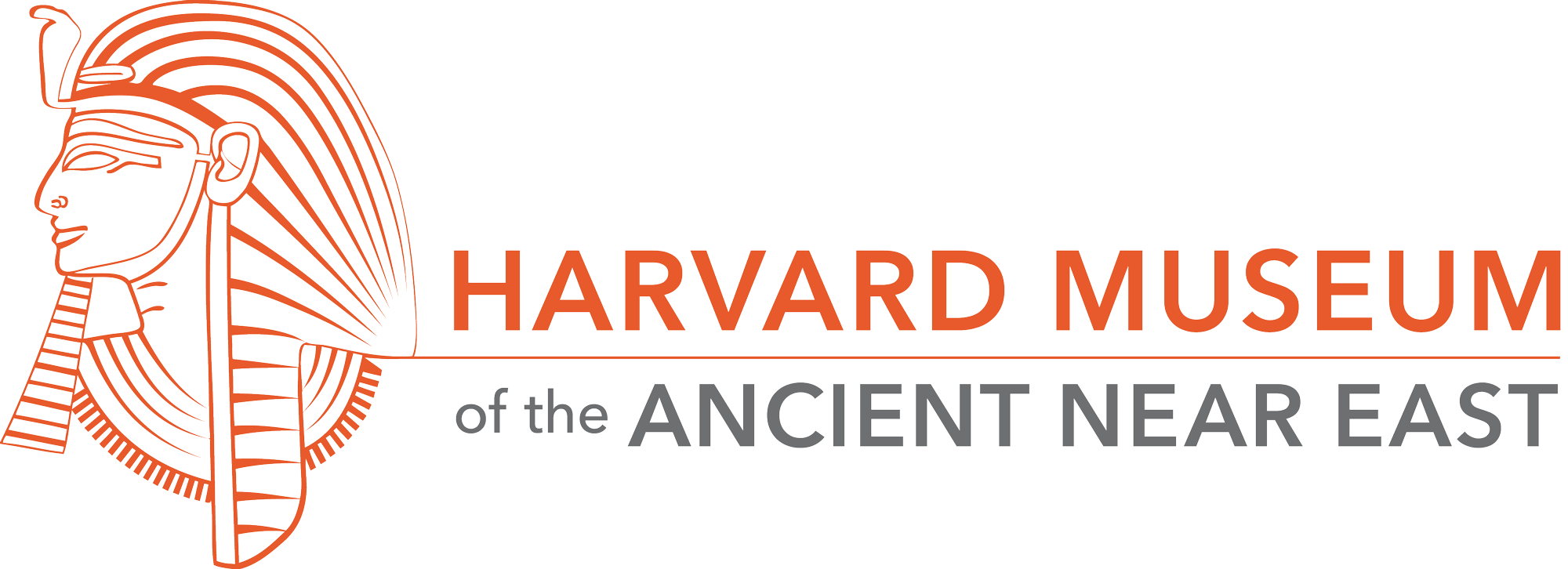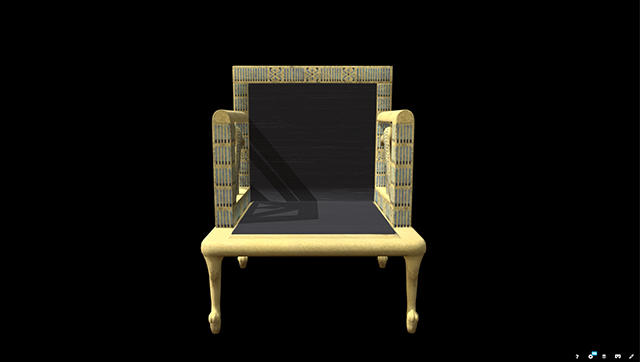3D Models
Experience objects from the Harvard Museum of the Ancient Near East like never before. Sketchfab gives you the opportunity to interact with these objects by spinning or zooming in to see the details or a new view. See all of the objects on the Sketchfab website.
Peg Figurine
Peg Figurine: This peg-shaped, stone figurine would have been placed in the foundation of an important structure as it was being built. Similar examples made from copper have been found. The Mesopotamian figures often have their hands clasped across the chest and large, exaggerated eyes. This figurine can be found in the exhibition From the Nile to the Euphrates: Creating the Harvard Semitic Museum.
Museum Number: 1913.2.178 (Alabaster, 19.9x5.7x4.3cm)
Cuneiform Tablet
A clay tablet discussing the adoption of Akkuya by Shelwehu. It details the inheritance share of a field along the road of Anzukalli (a city), in exchange for a gift of silver. The tablet carries the impression of three separate cylinder seals, including that of Shelwehu. Found in the remains of an ancient house during the excavations of Nuzi (in Iraq).
Museum Number:1998.3.81 (Baked Ceramic, 8.7x6.9x3.4cm)
Animal Vessel
Animal Vessel: This depiction of a powerful animal was discovered in a Late Bronze Age temple at Nuzi, near modern day Kirkuk, Iraq. A number of animal figures were discovered nearby, ranging in quality, level of detail, and naturalism.
Museum Number: 1930.4a.4 (Baked Ceramic, 30x15cm)
Gladiator Lamp
Gladiator Lamp: Oil lamps such as this were common household items around the Mediterranean and in the Ancient Near East. Such lamps were mass-produced by stamping the designs onto the central “discus.” These lamps are found throughout the Roman Empire.
Museum Number: 1907.64.272 (Baked Ceramic, 8.8x2.5cm)
Bilbil: Base Ring juglet
Bilbil: Base Ring juglets (also known as bilbils) were common during the Late Bronze Age (ca 1550-1200 BC) in the Near East. While the distinctive shape of the vessel is instantly recognizable, the original contents are debated. A definitive chemical analysis remains a difficult prospect, especially if bilbils were reused in antiquity.
Museum Number: 1907.63.3 (Baked Ceramic, 13.2x6.7cm)

